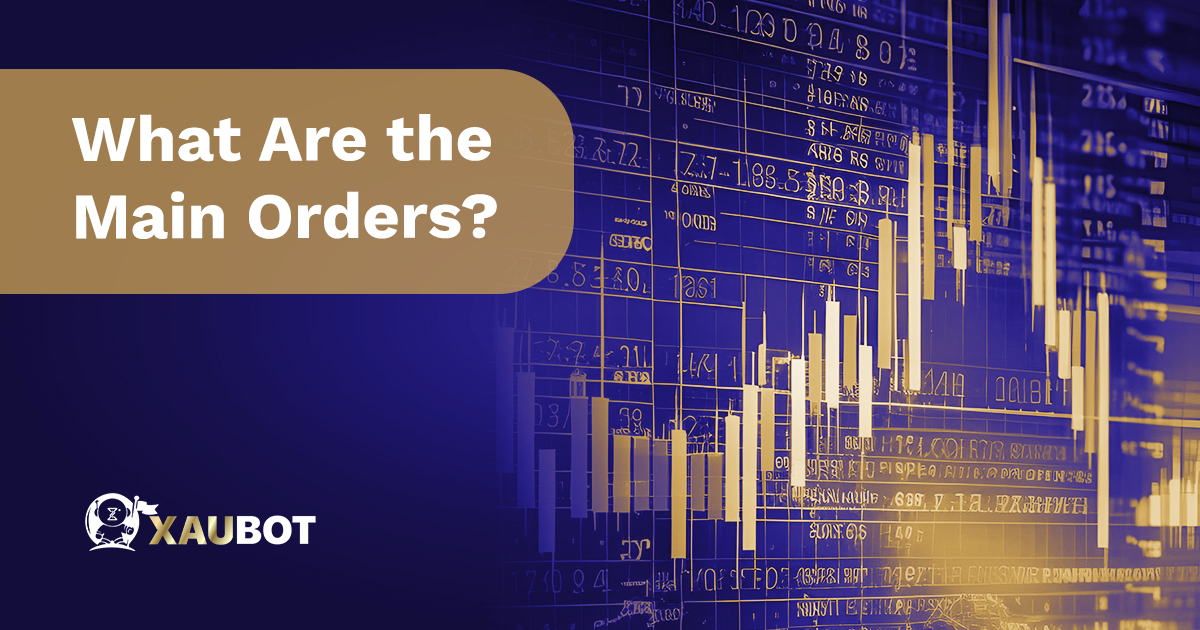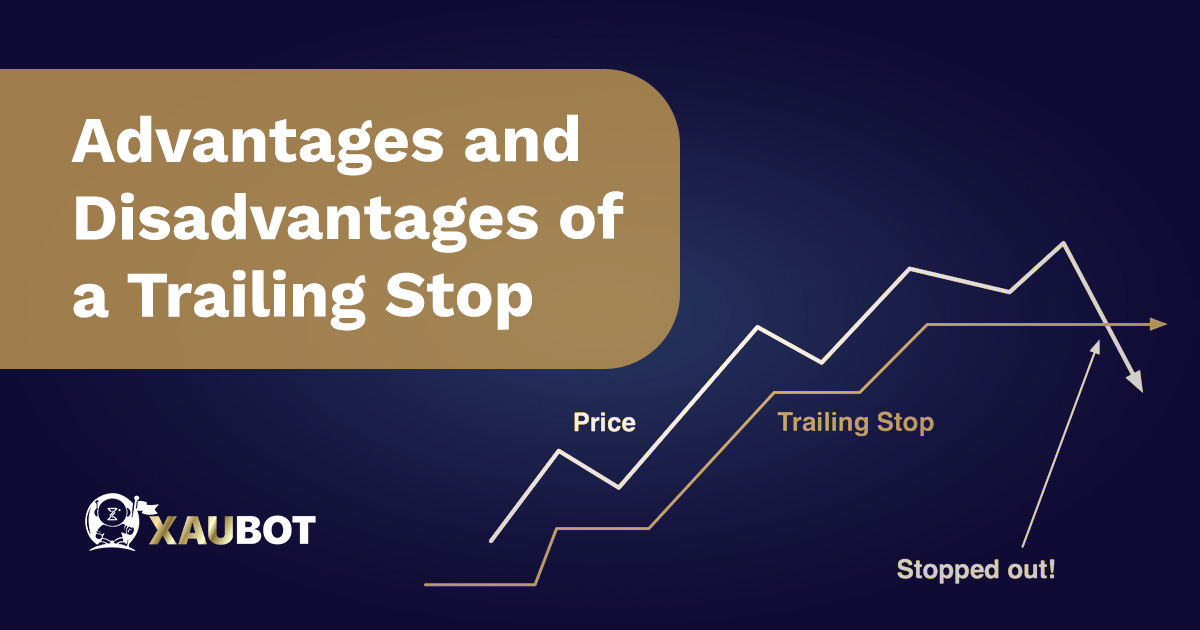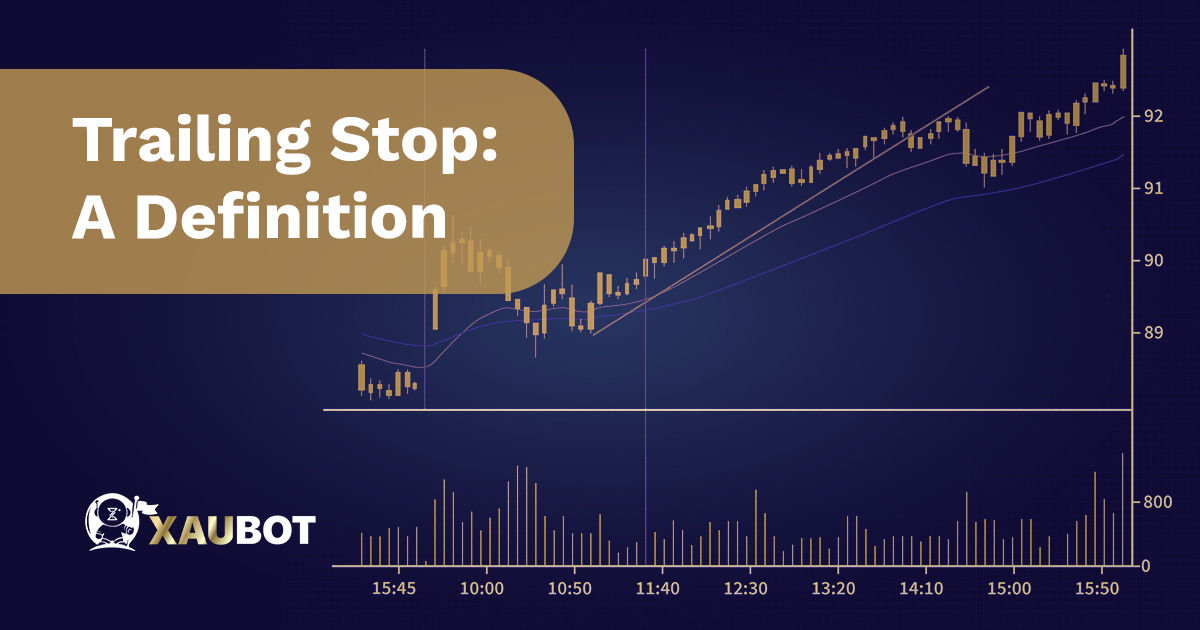The financial market, including the foreign exchange market, works through a mechanism of orders that are issued by traders or investors to their brokers. A trailing stop is one such order that is going to be the focus of this article.
It is exactly through the execution of these orders that various trades and their different aspects are carried out. Naturally, you can see the crucial importance of these orders. If you issue the wrong order, or if the details of your order are not set precisely, then things can get out of hand quickly.
There are various orders that you need to be aware of, including the main orders and their various types. In this article we are going to take a look at the concept of order in financial markets as a whole, take a look at their major forms, and dive into the idea of a trailing stop and its functions in the forex market.
What Is an Order in the Forex Market?
The basic idea of an order in any financial market is crucial to understand before going any further.
Your broker is the link between you and the market. Naturally, your brokers are not at liberty to carry out trades on your behalf without any consultation or directive from you.
This directive is exactly the order that you send to the broker. So, you send an order to the broker telling them what you want them to do with your assets or with a specific position that you have in the market.
Basically, you would imagine that there are orders such as buy or sell. While that may be true, there are many other more complicated orders in the market that you need to know and utilize in order to have a successful experience.
These orders can include when to sell, when to buy, setting thresholds for such conditions, setting precautionary thresholds, etc. Now, let’s take a look at the main types of orders in the forex market.
What Are the Main Orders?

In the forex market, and by extension other financial markets, there are three main types of orders. These orders are stop order, market order, and limit order. A market order is a simple buy or sell order, though there are other subtypes. A limit order is similar to a market order but specifies the price for the sale or purchase.
The third type, stop order, is the main type we are going to discuss here given that our main topic is the trailing stop.
What Is a Stop Order?
So, a stop order is a directive that is issued by the trader in order to prevent further losses and also help lock in the profits. An important part of a stop order is that it is always moving in the same direction as the market prices.
For instance, if market prices are moving toward lower prices, a stop order will be placed a bit lower than the current prices. In this way, if prices are about to move much lower, the order is triggered soon and your position is sold before sustaining more losses.
On the other hand, if the prices are moving toward higher prices, a stop order can be placed a bit higher than the current price. In this way, if and when prices move upward, the order can be triggered and a purchase can be made before prices get higher for purchasing.
But an ordinary stop order is sort of like the static version of this directive. There is another version, which is much more flexible and dynamic, called a trailing stop.
Trailing Stop: A Definition
As the name of the order suggests, a trailing stop order is trailing by definition. This means the order trails right behind or ahead of the market price. This is how this order is dynamic in nature.
As a result, if and when prices move higher or lower, the stop order, in this case the trailing stop order, does not remain the same. In fact, it moves with the price movements.
Of course, a trailing stop order is a very practical approach to setting stop order to investors and traders who are trading in extremely volatile markets. This can include the forex market, where prices can change very quickly. In such conditions, setting a static stop order can work against you.
The reason a trailing stop can work best in volatile markets such as the forex market is that a trader cannot monitor the market all the time, and sometimes a sudden change in prices can result in serious losses.
But a trailing stop will follow the price in a way, similar to a shadow. In this way, the trader can rest assured that their position is safe, no matter how quickly the prices change or in what direction.
But how does a trailing stop actually work?
How Does a Trailing Stop Work?
The way this order type works is actually quite straightforward. Instead of specifying an amount that remains static in the market, in the case of the trailing stop the trader will set a window or range.
This range is the distance that will remain between the stop order and the price. It can be specified in terms of pips or more likely percentages. For instance, you can set that your trailing stop order will remain 10 or 20 percent above or below the market price.
This way, no matter how much prices change, your trailing stop order will keep the same distance from them.
However, there is a crucial aspect to the trailing stop order. The trail will only follow the price with the distance you have specified for it, if the price moves in the direction that is profitable for your position.
If and when the prices move in a trajectory that is not profitable for your position, then the trailing stop does not move. In this way, the order will act similar to a stop loss order, in order to help close your position and prevent further losses.
Advantages and Disadvantages of a Trailing Stop

Given the dynamic nature of a trailing stop, it can have certain benefits in a dynamic market such as the forex market.
On the upside, the trailing stop order is a great way to manage risks that are associated with a dynamic market. Prices can change in the blink of an eye. A static position cannot be the best choice in this situation. Furthermore, it gives you the upper hand of not having to monitor the market at all times. You can set the trailing stop order and leave it be.
On the downside, however, there is a chance that the trailing stop might be triggered sooner than it should. This means, given the distance you have set for the trailing stop, it might be triggered at a time that is not the most profitable condition for your position.
Conclusion
A trailing stop order is a dynamic stop order that is set by traders in the form of a distance from the price. In this way, the stop order will always follow the price. This means, if the prices change, the stop order will follow or trail behind the price. As a result, the trailing stop order is suitable and ideal for volatile markets.
